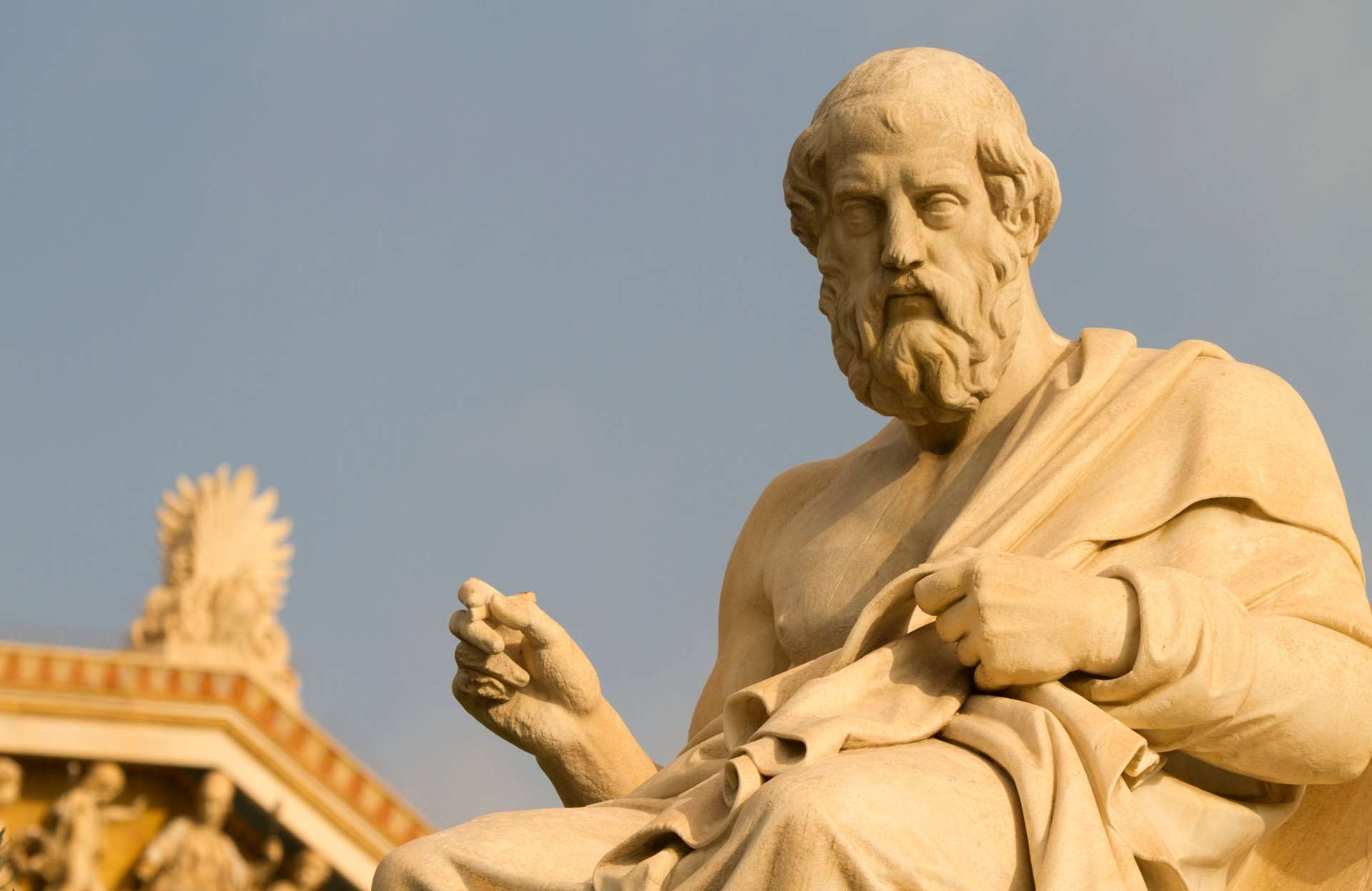In the annals of history lies a captivating mystery that has intrigued scholars and enthusiasts alike for over four decades: the tale of the Ainu portraits residing in the Museum of Fine Arts and Archaeology in Besancon, France.
The journey begins with Riki Kato, a former journalist whose encounter with an article in the Hokkaido Shimbun in 1984 sparked a lifelong pursuit of unraveling this enigma. The article unveiled the discovery of 11 portraits of Ainu chieftains, painted in 1790 by artist Hakyo Kakizaki, hidden away in the confines of Besancon. Curiously, one of the 12 original paintings, collectively known as the “Ishu Retsuzo,” had vanished without a trace.
Kakizaki, a member of the Matsumae clan ruling Hokkaido during the late 18th century, immortalized Ainu leaders who aided Japanese forces in quelling the Kunashir-Menashi Rebellion of 1789. But how did these silk paintings, measuring 45.5 by 36 centimeters, find their way to a small French town?
Various theories abound, from the possibility of a French soldier, Jules Brunet, bringing them back as souvenirs during the Boshin War to the potential involvement of French missionary Eugene-Emmanuel Mermet-Cachon. Another intriguing hypothesis involves Alfred Ducat, former curator of the Besancon museum, and his missionary brother, who may have facilitated the paintings' journey to France.
For Ainu people, the leaders in the paintings cooperated with those who suppressed them, said former journalist Riki Kato. Their point of view must not be forgotten, he added. | © THE MUSEUM OF FINE ARTS AND ARCHAEOLOGY OF BESANCON
Despite the lack of concrete evidence, Kato remains steadfast in his quest, driven by a desire to shed light on this historical puzzle. Over the years, the Ainu portraits have attracted attention from both Japan and France, with occasional exhibitions offering glimpses into their remarkable legacy.
Yet, amidst the admiration for their artistic beauty, Kato emphasizes the importance of acknowledging the Ainu perspective. For Ainu descendants, the portraits symbolize a painful history of cooperation with oppressors, a narrative often overshadowed by their aesthetic allure.
As the 40th anniversary of the Hokkaido Shimbun article approaches, Kato hopes for renewed efforts to uncover the truth behind the portraits' odyssey. With collaboration between Japanese and French authorities, he envisions a deeper understanding of Ainu culture and a resolution to this enduring mystery.
In the heart of Besancon, tucked away in a cabinet at the museum, the Ainu portraits await their next chapter, bridging distant lands and echoing the untold stories of a resilient people.








